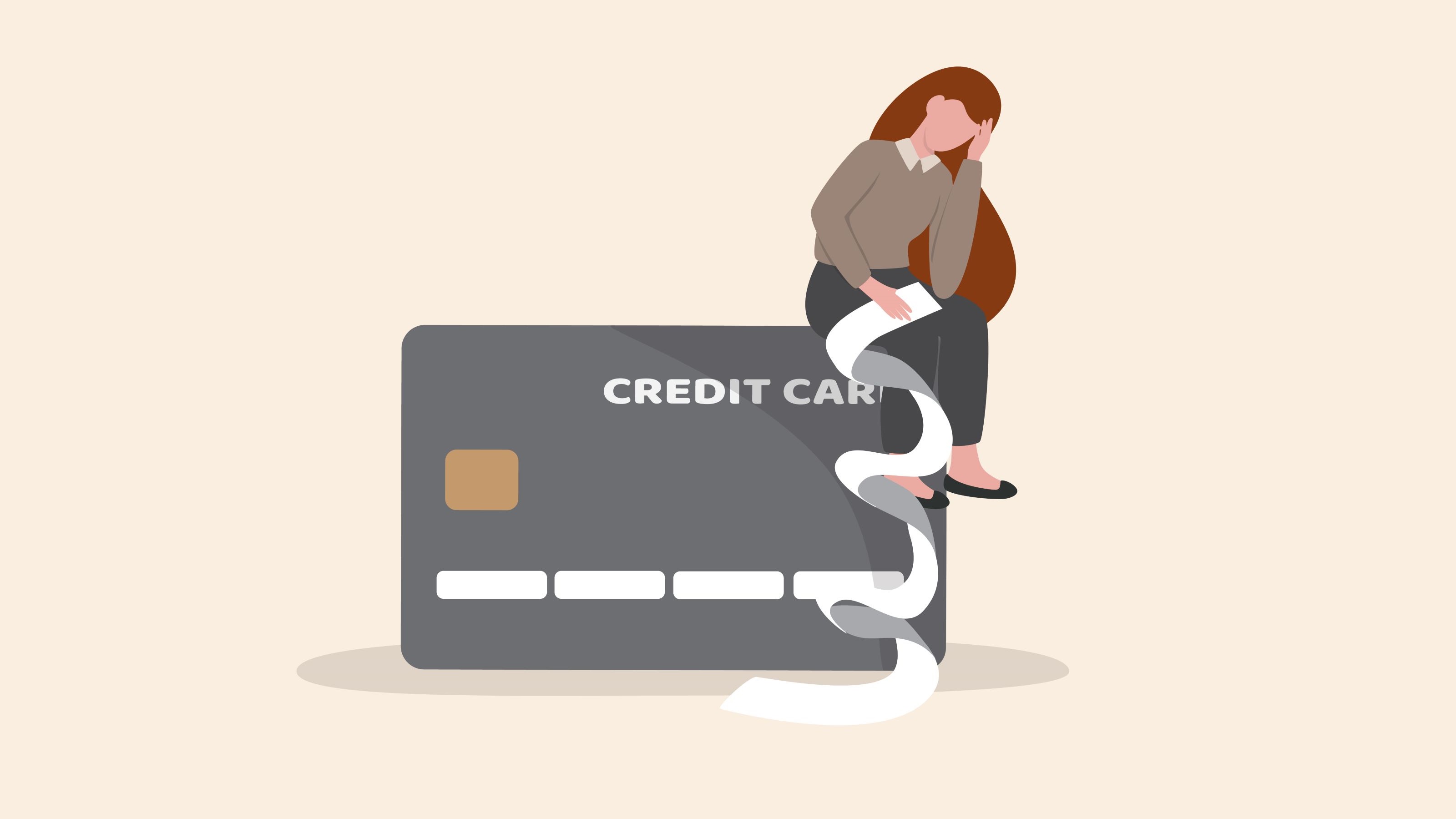
Alaska ranked first this year on an unpopular list – the state with the highest credit card debt, according to a 2023 WalletHub study.
But the state, which has a median credit card debt of $3,517, is far from alone. Many states are not that far behind, the study shows. These include the District of Columbia, the state with the second-highest credit card debt ($3,290), followed by Colorado ($3,106), New Hampshire ($2,793) and Vermont ($2,515).
The states with the lowest credit card debt are West Virginia ($2,131), Mississippi ($2,304), Kentucky ($2,230), Pennsylvania ($2,439) and Iowa ($2,077).
Last year, Americans increased their credit card debt by a record $179.4 billion to a grand total of more than $1.1 trillion, according to the study.
To determine each state’s debt, WalletHub drew on TransUnion data and looked at median credit card balances and credit card payments of residents in each of the 50 states and the District of Columbia as of April 2023. The analysis included cards that carried a balance but excluded store credit cards. It then determined the number of months it would take to pay off that balance and the resulting finance charges, assuming an average of 20.92% interest rate.
The result is that Alaska, as number one, is the state with the least sustainable credit card debt, or the state with the longest payoff timeline.
Many factors lead to debt
While it may be reasonable to think that people with less income would have more credit card debt, the opposite is often true, according to a U.S. Chamber of Commerce report, which ranks Alaska and Virginia as the states with the highest credit card debt.
“Credit card debt is the result of many factors,” the Chamber of Commerce said in its report. These include the cost of living, availability of affordable housing, a state’s economy, employment rate and access to financial education.
WalletHub asked several experts for comment on credit card debt, including Dorris Perryman, adjunct associate professor of accounting at Bristol Community College.
Perryman said that making unnecessary purchases is the leading cause of amassing large amounts of credit card debt. Other factors include paying the minimum amount on a high-interest credit card, which does not help to reduce the card’s balance, she said.
An easy step a person can take to become debt-free is to understand precisely how much is owed across all credit cards and other loans, said Paul Obermann, assistant finance professor at Idaho State University. Other steps include making a plan or budget with an exact idea of what is owed in the future, and avoid taking on additional debt.
“The budget may need revision if additional debt is taken on, so that should be avoided in any attempt to become debt-free,” he added.
- A Guide to Debt: Good vs. Bad and Tips to Better Manage It
- How To Choose a Credit Card for You
- Credit Cards vs Charge Cards: What Are the Differences?







